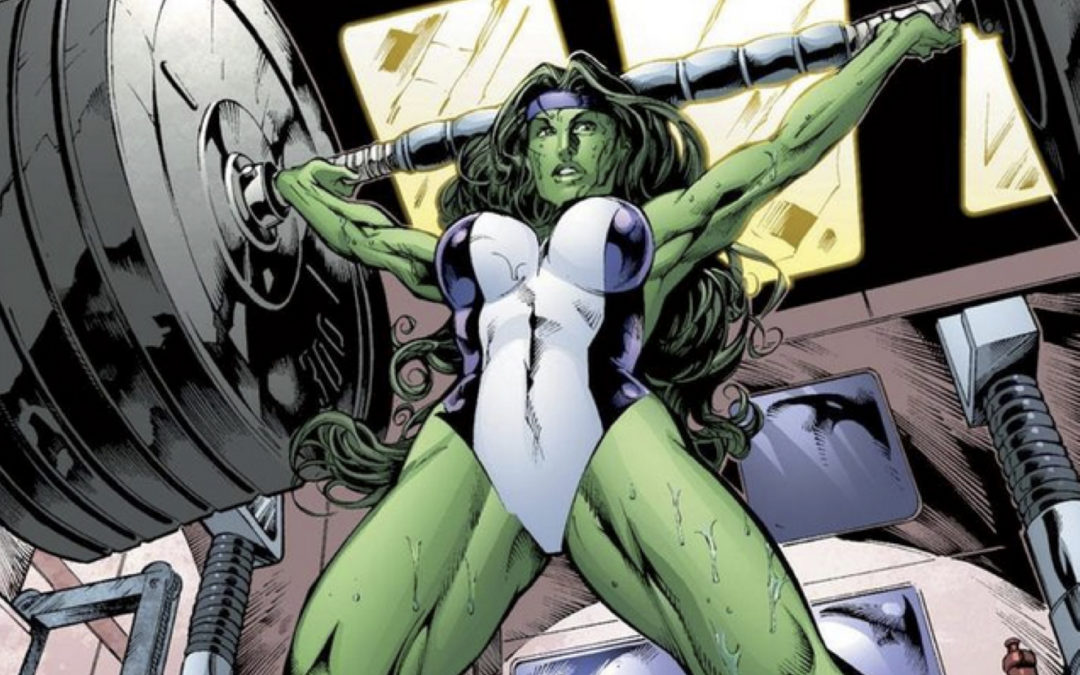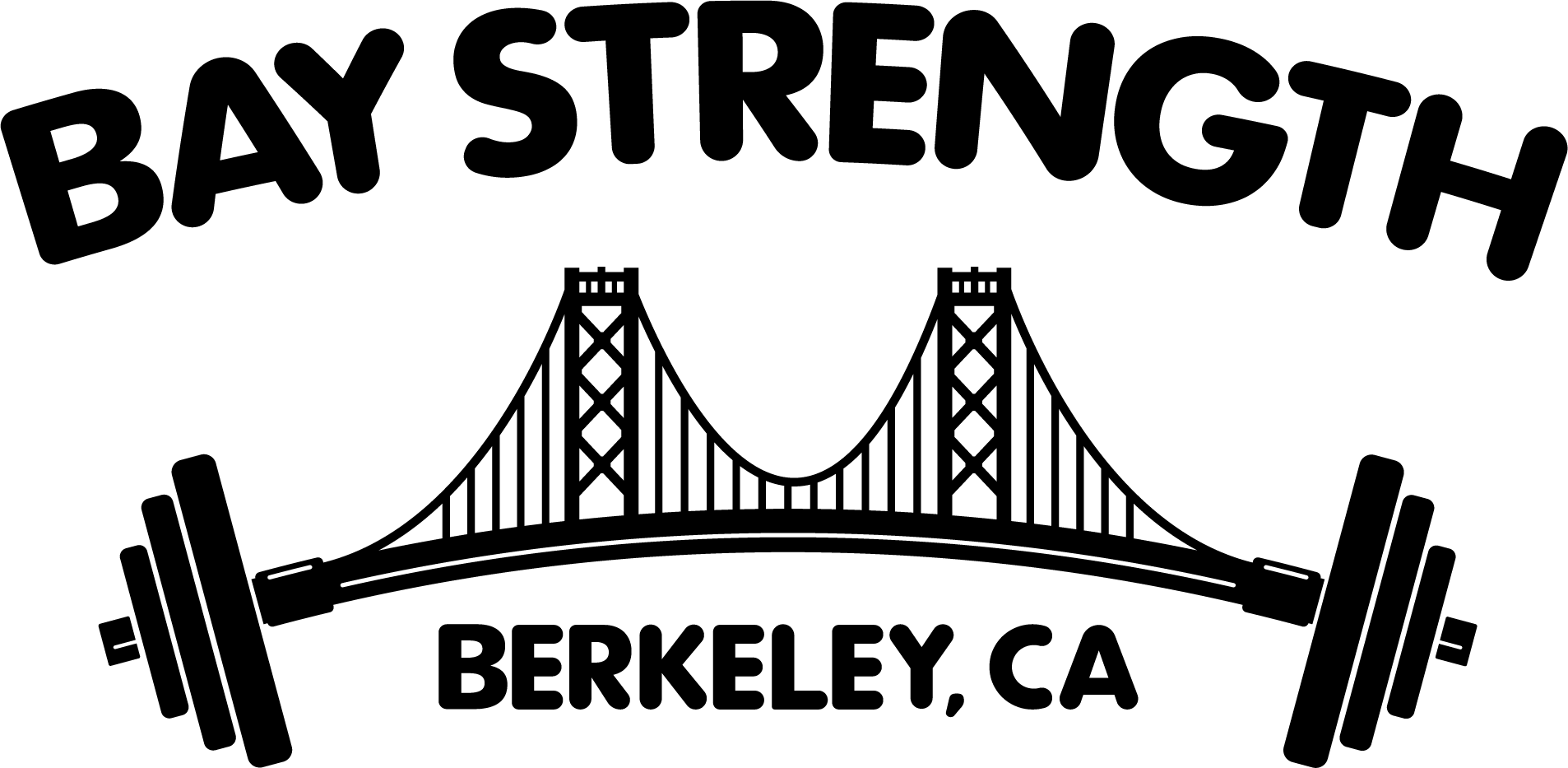

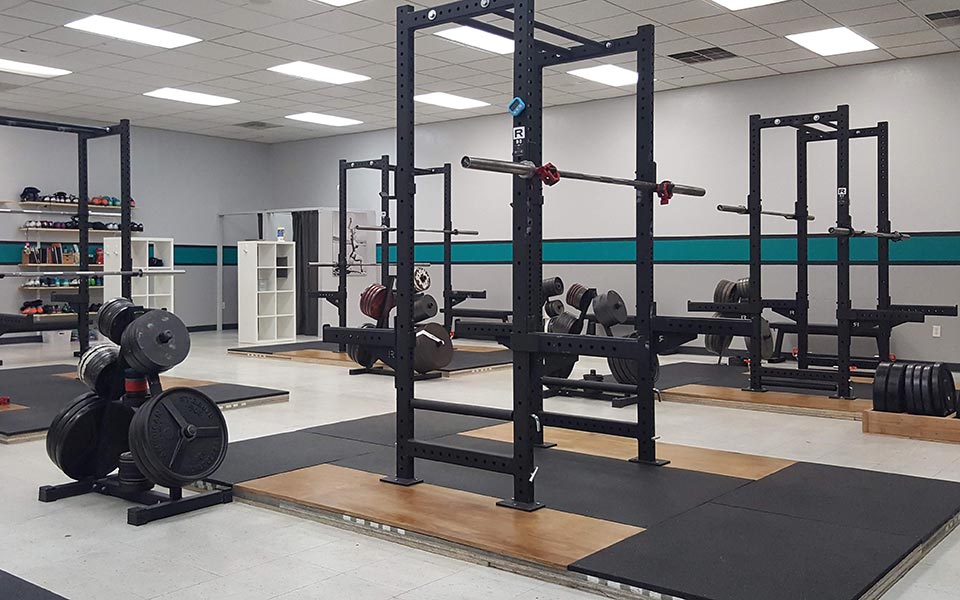
Choosing a lifting gym
So, you’ve decided to take up lifting. Among the things you’ll need is… a place to lift! Not sure what to look for in a gym? This blog post aims to help you out by guiding you through what to look for.
Please note that this post focuses on what you should be looking for as far as equipment and training facilities. It does not touch on another very important question: whether the gym and its coaches provide the supportive environment that will help you to thrive. We will take that question up in a separate entry in the future!
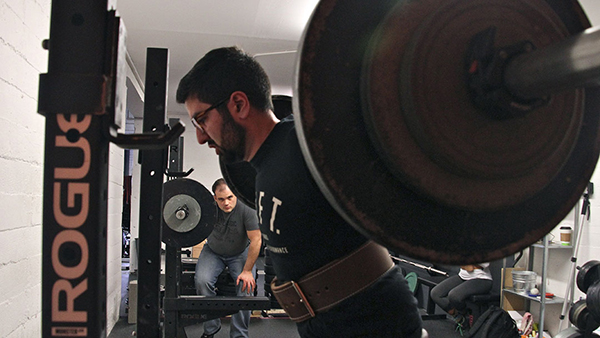
Do you need a coach?
If you’re reading this blog post, you are likely someone who takes your training seriously. Maybe you’ve been training for some time, but feel your results aren’t what they could be. Or maybe you’re just getting started, and want to do everything the right way from the beginning.
Either way, the question isn’t whether you need a coach, because the answer for everyone is, “yes.” The question you should instead ask yourself is: “How much coaching do I need?”
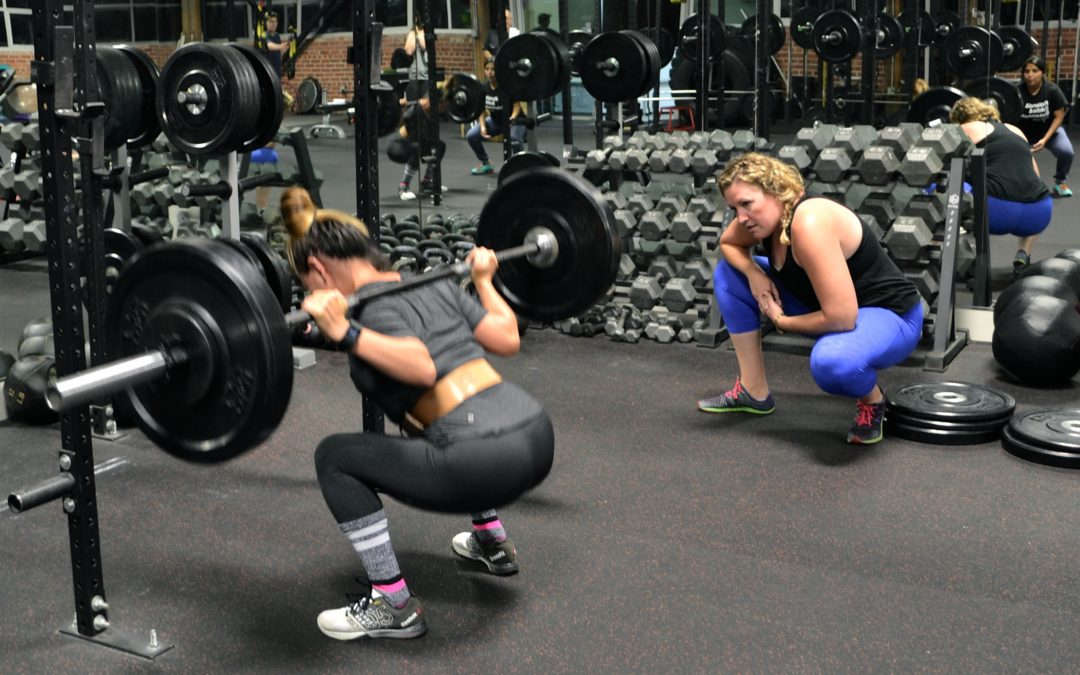
Training your Eyes
Cell phone cameras have become a great training tool for many of you who are training without a coach. However, when you first start watching yourself move on video, it can be difficult to identify form flaws, and even more tricky to know which things to correct first.
In general, when you first start looking at video, positions (what you see whenever you pause the video) are easier to see than movement. Identifying whether you are high at the bottom of a squat is an easier thing to do than identifying the correct use of hip drive. Identifying whether your femurs are in line with your feet is an easier task than identifying whether your knees stopped traveling forward at the right time on the descent.
It’s also important to understand which things to fix first. Since we can only focus on one or two things at a time, it’s good to know, for example, that if you see yourself squatting high and on your toes, that you should fix those things before worrying about your bent wrists.
Every positional instruction listed below is covered extensively in Starting Strength: Basic Barbell Training by Mark Rippetoe. This article will only be useful to those of you who have read it. Once you have read the book, however, it can be difficult to organize all of the information in it, especially when you are first starting your training.
Below are some things to look for in each lift.
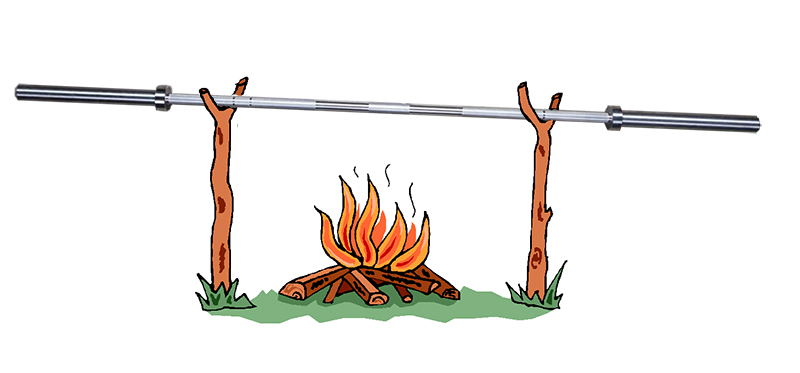
Calculating your warmup sets
Warmup sets are an important part of your training routine. Properly executed, warmup sets effectively prepare you to perform your heavy work sets to the best of your ability.
For new lifters in particular, how to approach one’s warmup sets — how many of them to perform, and at what weight — can be a subject of conclusion. This guide will give you some guiding principles and a couple specific methods to approach your warmup sets.
